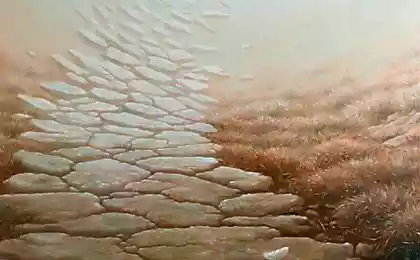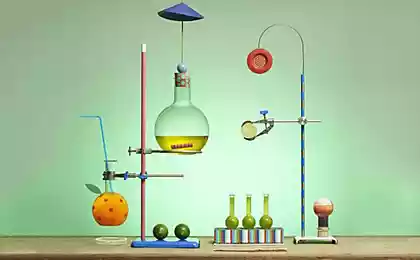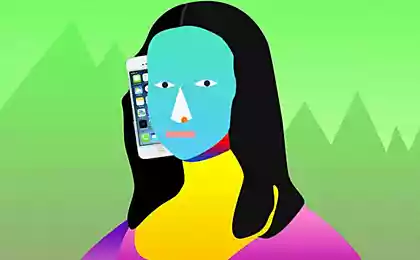212
Alchemy of Knowledge: Crossroads of Science and Art

When art meets science, the most amazing discoveries of mankind are born. In this article, we explore fascinating stories about how creative thinking transforms scientific exploration, and scientific discoveries inspire artists to create masterpieces.
- Modern projects at the intersection of art and science
- Mathematical Principles in Music
- Quantum physics in painting
- Biomimicry in architecture
- Neuroaesthetics
- Artificial Intelligence in Art

The Da Vinci of Today: When Art Leads to Discovery
Modern artists and scientists are increasingly working together, creating stunning projects at the intersection of disciplines. At the MIT Media Lab, artist Neri Oxman creates “live” sculptures using bioengineering and 3D printing, opening new horizons in materials science.

“Art asks questions to which science seeks answers. When they work together, we get revolutionary solutions, says Oxman.
Mathematics in music: harmony of numbers
Studies show that musicians who use mathematical principles in composition create works that listeners find particularly appealing. Modern composer Max Richter collaborates with neuroscientists to study the effects of certain musical patterns on the human brain.

"We found that musical pieces built on Fibonacci numbers elicit the strongest emotional response," explains Dr. Sarah Chen of the Institute of Neurosciences.
Quantum Painting: When Physics Meets Canvas
A group of artists from the Royal College of Art in London has created a series of works visualizing quantum phenomena. Their exhibition, Quantum Dreams, not only drew attention to complex physics concepts, but also helped scientists take a fresh look at their research.


“The artistic representation of quantum entanglement helped me see new directions for experimentation,” says John Martinis, professor of quantum physics.
Architecture of the Future: Biomimicry
Modern architects are increasingly turning to nature for inspiration. The famous Lotus Building in China, created on the principles of biomimicry, not only amazes the imagination, but also demonstrates exceptional energy efficiency.

Studying the structure of lotus leaves has led to revolutionary solutions in building cooling systems, reducing energy consumption by 35%.
Neuroaesthetics: The Science of Beauty
A new field of research, neuroaesthetics, studies how the brain perceives art. Scientists have found that certain visual patterns activate pleasure centers in the brain, which explains the universal appeal of some artworks.
“We are beginning to understand why some works of art resonate with people of different cultures and others do not,” explains neuroscientist Elena Petrova.
Artificial intelligence: a new co-author
AI is becoming a new tool in the hands of artists and musicians. Algorithms trained in classical works create new compositions, and artists use neural networks to generate unique visual images.


“AI does not replace the creative process, but expands our capabilities by offering unexpected solutions and combinations,” says digital artist Refik Anadol.
The Future of Synthesis
As the boundaries between disciplines become increasingly blurred, we are witnessing the birth of new forms of expression and cognition. Artists become researchers and scientists become creators, creating a unique symbiosis of knowledge and creativity.

“The future belongs to those who are able to think both as an artist and as a scientist,” concludes Alexander Morozov, director of the Center for Art and Science. “It is at this crossroads that innovations that can change the world are born.”
Lost Worlds: Incredible human communities
The secret language of your brain: The amazing habits that make you a genius























